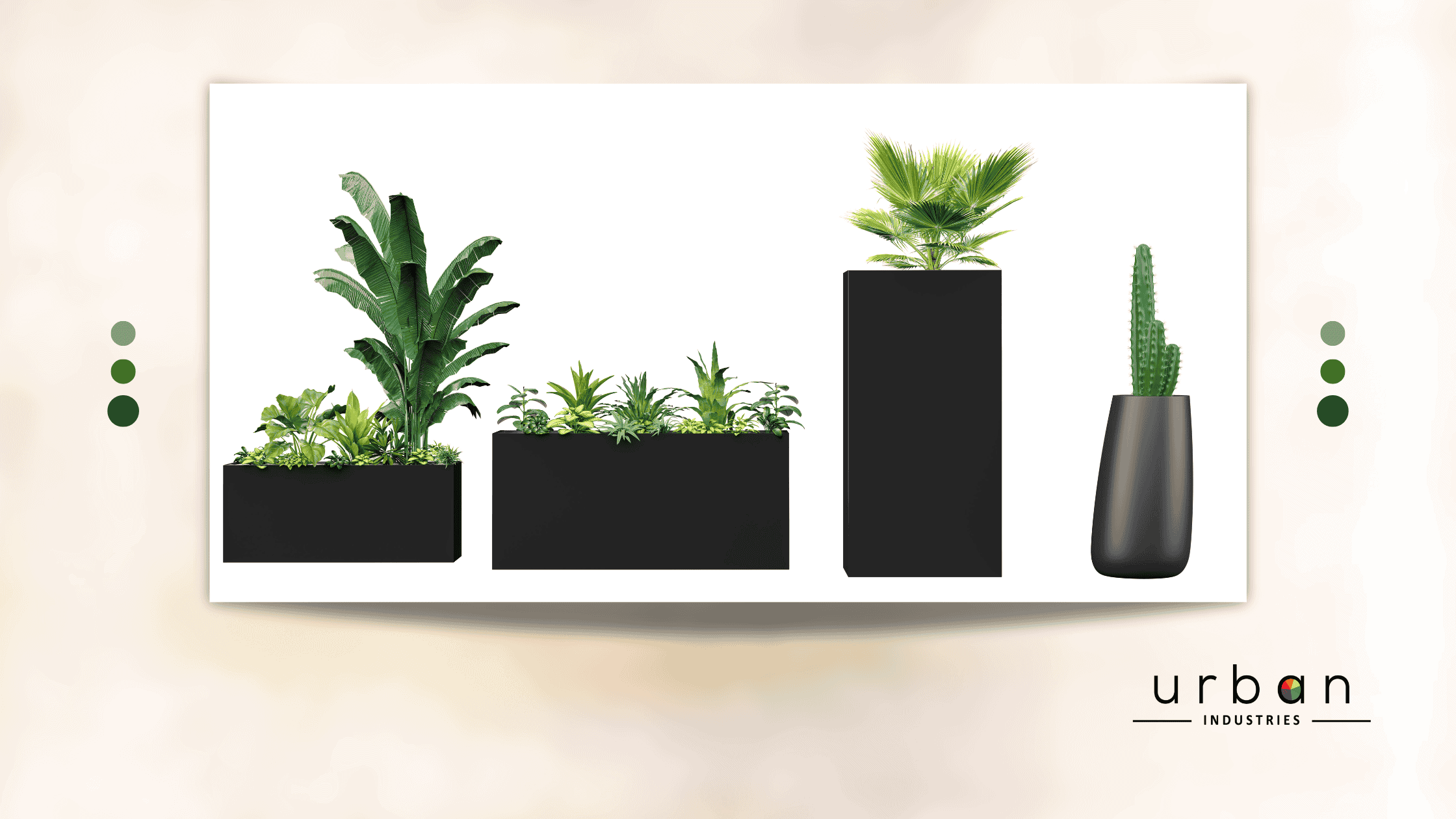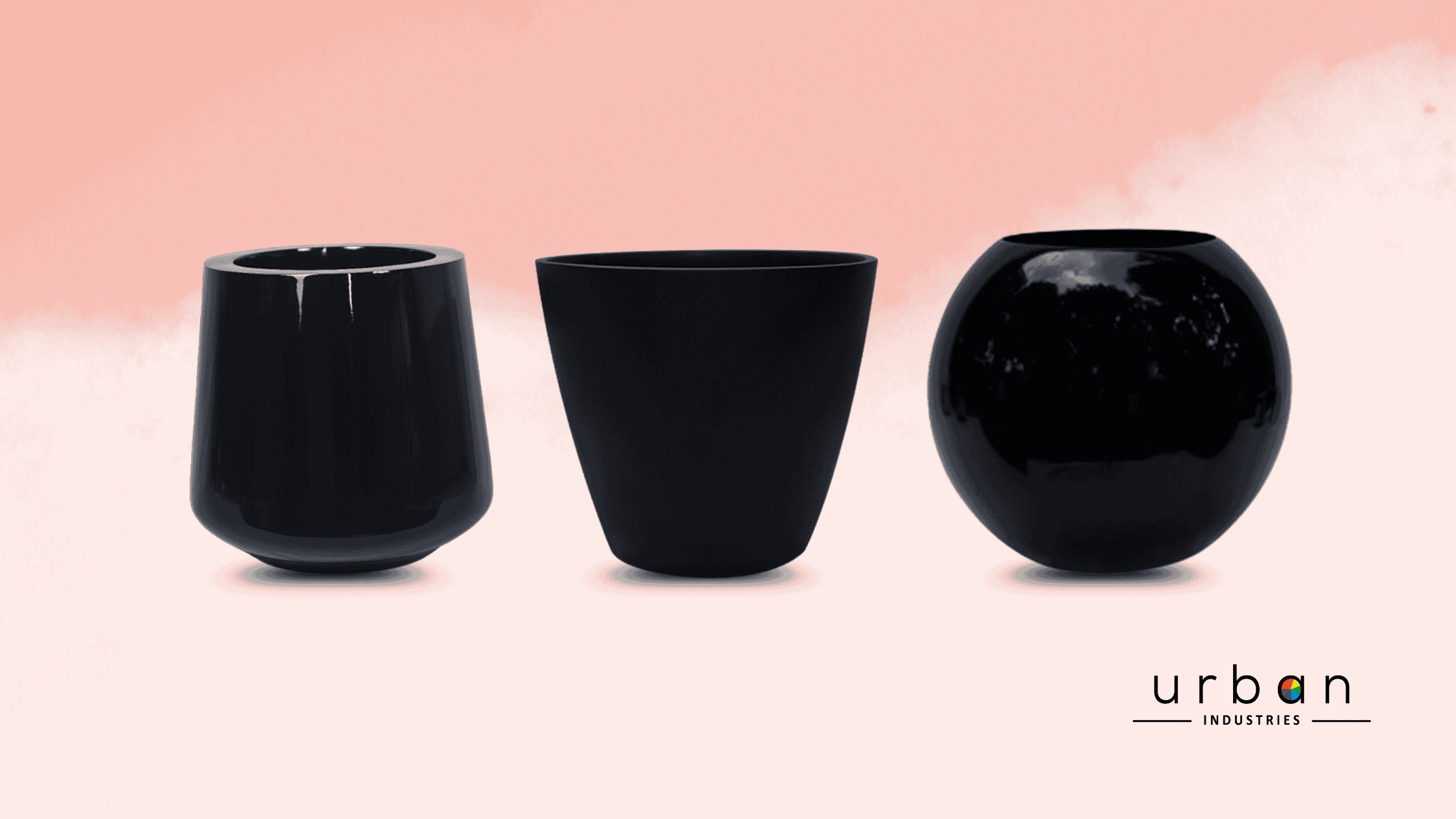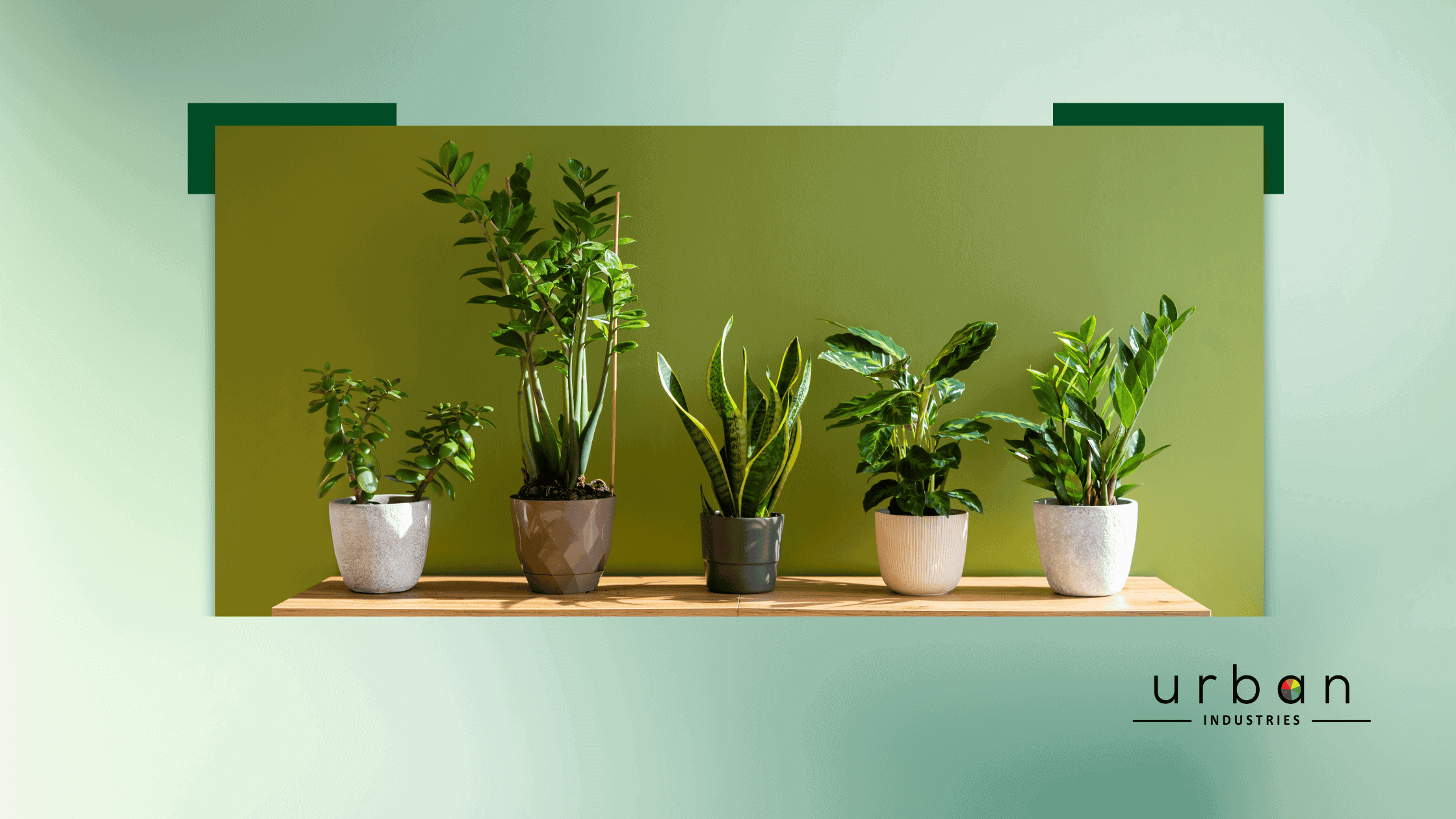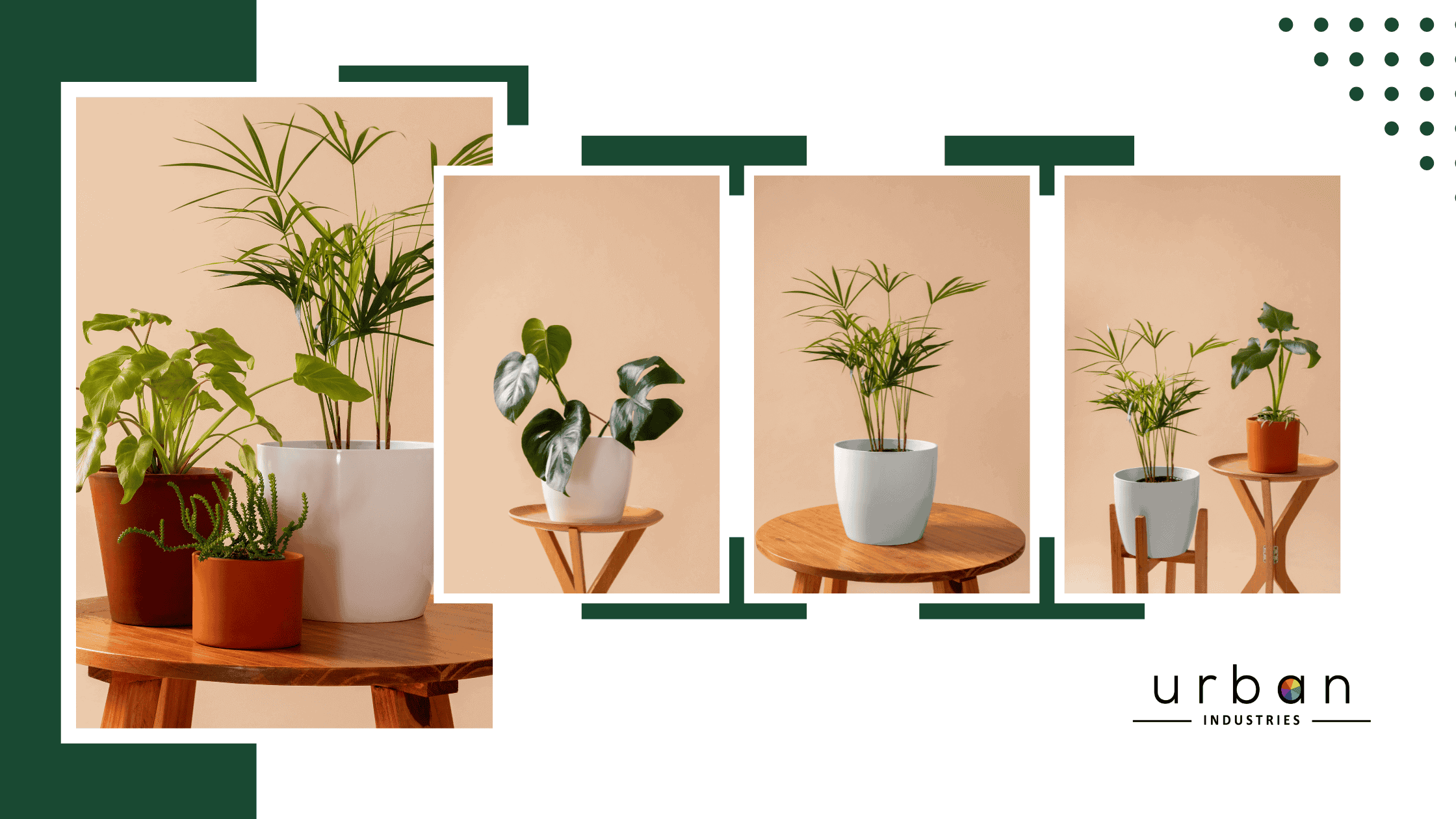The Durability of Fiberglass Planters: Weatherproof & Long-Lasting

The Durability of Fiberglass Planters: Weatherproof & Long-Lasting
When you’re looking for the perfect planter for your garden, patio, or balcony, you want something that can handle whatever Mother Nature throws at it. Sun, rain, snow, or wind—your planter should stay strong and look great year after year. That’s where fiberglass planters come in.
Fiberglass (also called FRP—fiberglass reinforced plastic) is one of the toughest materials for outdoor planters. Unlike clay, wood, or even some plastics, fiberglass doesn’t crack in the cold, fade in the sun, or rot from rain. If you want planters that last a long time without constant maintenance, fiberglass is a smart choice.
In this post, we’ll explore:
• Why fiberglass is so durable
• How it handles sun, rain, frost, and extreme weather
• Why it’s better than other materials
• Tips to keep your fiberglass planters looking new
Let’s dive in!
Why Fiberglass Planters Are So Strong
Fiberglass is made by mixing fine glass fibers with resin, creating a material that’s both lightweight and incredibly sturdy. Unlike terracotta (which can crack) or metal (which can rust), fiberglass is designed to resist damage from weather and time.
Here’s what makes fiberglass planters so tough:
✔ Light but strong – They won’t break easily, even if knocked over.
✔ No rust or rot – Unlike metal or wood, fiberglass doesn’t corrode or decay.
✔ Flexible – They can bend slightly under pressure instead of cracking.
✔ Weatherproof – They handle heat, cold, rain, and wind without damage.
Now, let’s see how fiberglass stands up to different weather conditions.
How Fiberglass Handles Sun & Heat
If you’ve ever left a plastic chair outside for years, you’ve probably seen how the sun can make it brittle and faded. Fiberglass, however, is much more resistant to UV rays.
✅ UV-Resistant – High-quality fiberglass planters are coated with a UV-protective layer, so they won’t fade or weaken in direct sunlight.
✅ Heat-Tolerant – Unlike plastic, fiberglass doesn’t warp or soften in high temperatures.
✅ Color Stays Bright – The paint and finish on fiberglass planters last much longer than on cheaper materials.
Tip: If you live in a very sunny area, look for planters with extra UV protection to keep colors vibrant for years.
How Fiberglass Handles Rain & Moisture
Wooden planters can rot, and metal ones can rust when exposed to water. But fiberglass? It laughs at rain!
✅ Waterproof – Fiberglass doesn’t absorb water, so it won’t swell, crack, or grow mold.
✅ No Rust or Corrosion – Unlike metal, it won’t develop rust stains or weak spots.
✅ Great for Wet Climates – Perfect for places with heavy rainfall or high humidity.
Tip: Even though fiberglass won’t rot, make sure your planter has drainage holes so your plants don’t get waterlogged.
How Fiberglass Handles Frost & Freezing Temperatures
Winter can be brutal on planters. Terracotta and ceramic pots often crack when water inside freezes and expands. But fiberglass? It’s built to survive the cold.
✅ Freeze-Thaw Resistant – Fiberglass won’t crack when temperatures drop below freezing.
✅ Flexes Instead of Breaking – Unlike rigid materials, fiberglass can handle ice and snow without damage.
✅ Perfect for Cold Climates – If you live where winters are harsh, fiberglass is a great choice.
Tip: If you leave your planters outside in winter, empty them first to prevent ice from forming inside.
How Fiberglass Handles Wind & Storms
How Fiberglass Handles Wind & Storms
Heavy winds can knock over lightweight plastic pots or chip ceramic ones. But fiberglass planters are heavy enough to stay put while still being easy to move when needed.
✅ Stable but Not Too Heavy – They won’t tip over easily in strong winds.
✅ Durable Against Impact – If they do get knocked over, they’re less likely to crack.
✅ Good for Rooftops & Balconies – Their weight and strength make them great for windy spots.
Tip: For extra stability, fill the bottom of your planter with rocks or gravel before adding soil.
Fiberglass vs. Other Planter Materials
Let’s compare fiberglass to other common planter materials:
| Material | Pros | Cons |
| Fiberglass | Lightweight, strong, weatherproof, won’t fade or crack | Can be more expensive upfront |
| Terracotta/Clay | Natural look, good for plants | Heavy, cracks in frost, breaks easily |
| Wood | Rustic appearance, good insulation | Rots over time, needs sealing |
| Plastic | Cheap, lightweight | Fades in sun, cracks in cold, looks cheap |
| Metal | Modern look, sturdy | Rusts, gets too hot in sun |
As you can see, fiberglass gives you the best mix of durability and style without the downsides of other materials.
How to Keep Your Fiberglass Planters Looking New
Even though fiberglass is low-maintenance, a little care can make them last even longer.
✔ Clean Regularly – Wipe with soapy water to remove dirt and stains.
✔ Protect from Scratches – Avoid dragging them on rough surfaces.
✔ Store in Extreme Weather (Optional) – If you have harsh winters or storms, moving them indoors can help.
✔ Reapply UV Protectant (If Needed) – Some planters may need a fresh coat over time.
Final Thoughts: Why Fiberglass Planters Are Worth It
If you want planters that:
• Won’t crack in winter
• Won’t fade in summer
• Won’t rot or rust in rain
• Stay looking great for years
…then fiberglass planters are the way to go. They might cost a little more upfront, but since they last so long, you’ll save money over time.
Whether you’re decorating a patio, balcony, or garden, fiberglass planters give you beauty and strength without the hassle. So next time you’re shopping for planters, give fiberglass a try—you won’t be disappointed!
Do you use fiberglass planters? Share your experience in the comments!
FAQ
Q: Are fiberglass planters safe for plants?
A: Yes! Fiberglass doesn’t leach chemicals, so it’s safe for flowers, herbs, and veggies.
Q: Can fiberglass planters be left outside all year?
A: Absolutely! They’re made to handle all seasons.
Q: Do fiberglass planters fade?
A: High-quality ones have UV protection, so they stay colorful for years.
Q: Are they heavy?
A: They’re lighter than stone or clay but heavier than plastic, so they stay stable in wind.
Q: How long do they last?
A: With proper care, fiberglass planters can last 10+ years—sometimes even longer!
Thanks for reading! If you found this helpful, share it with a friend who loves gardening.



